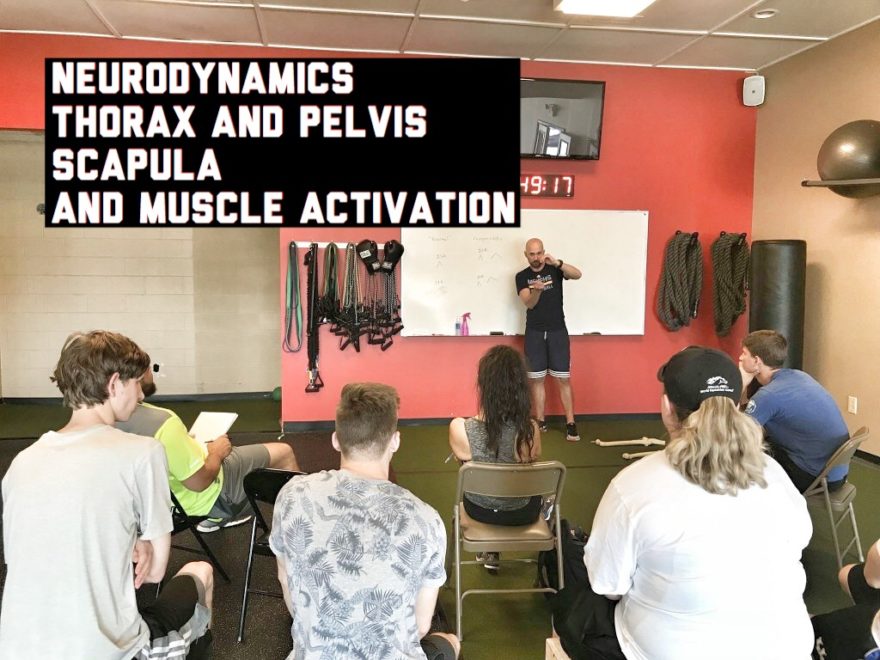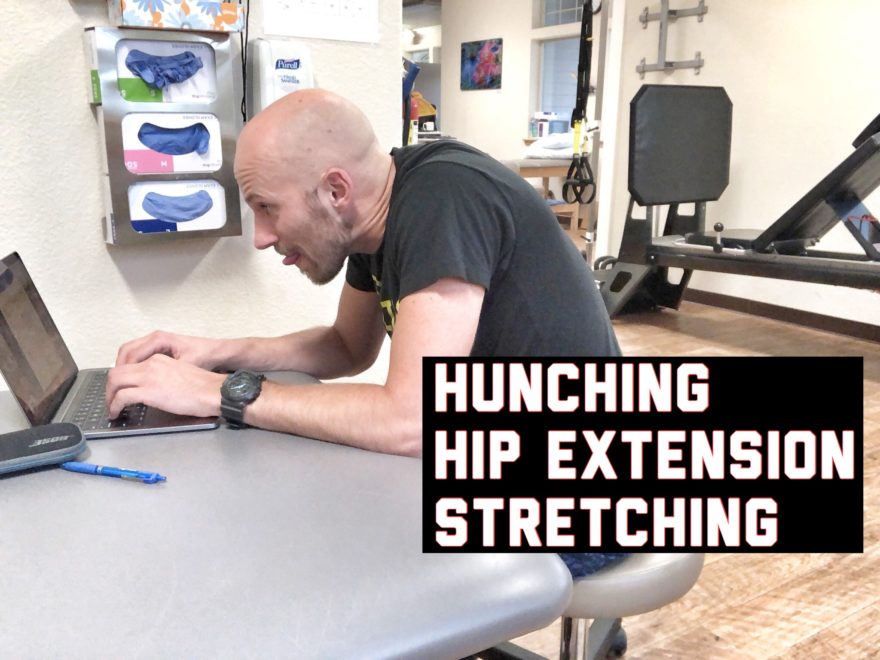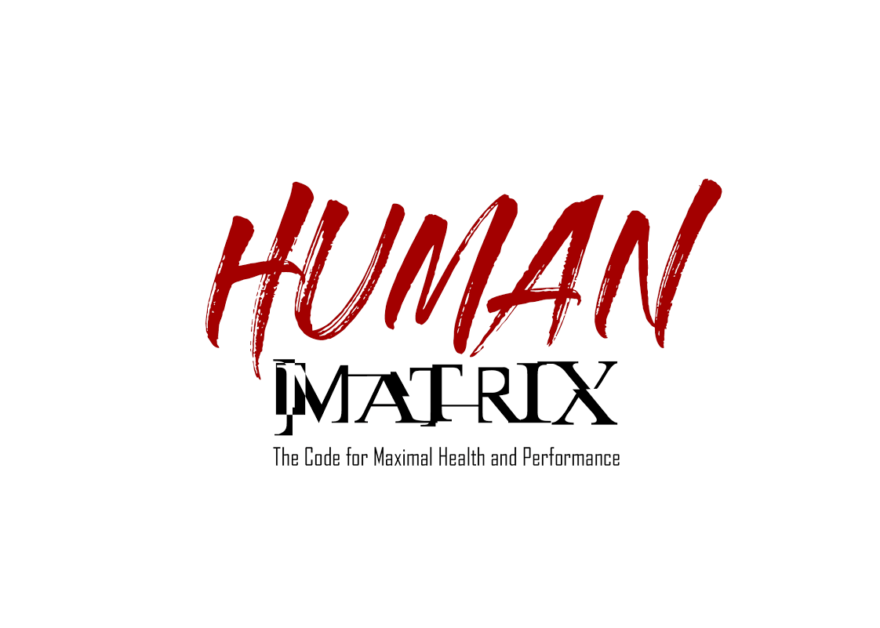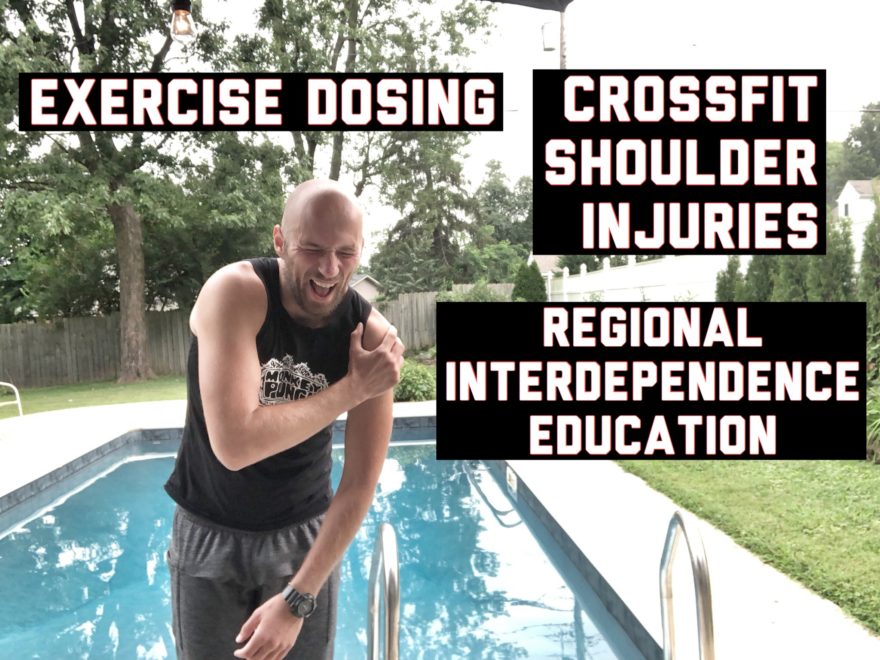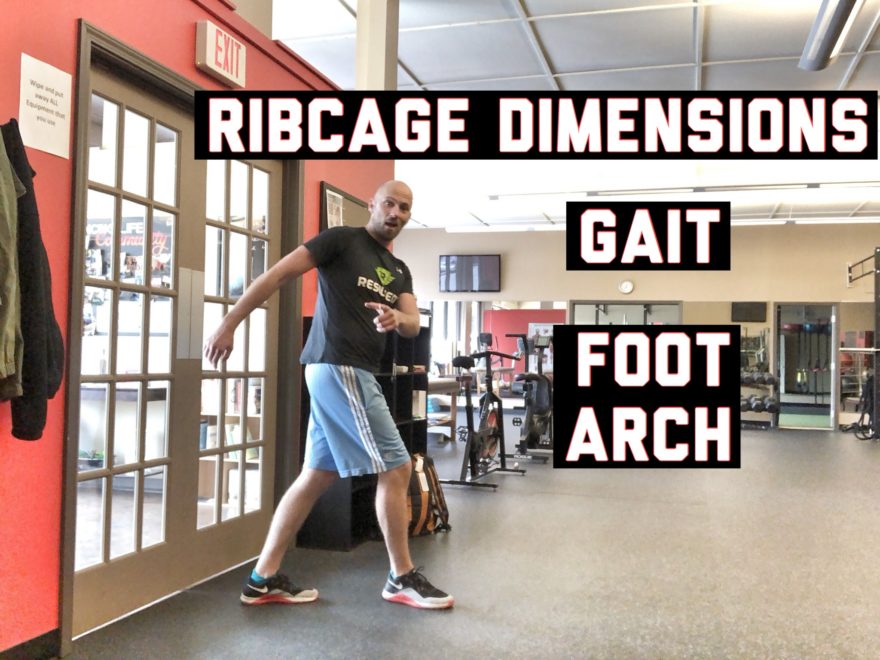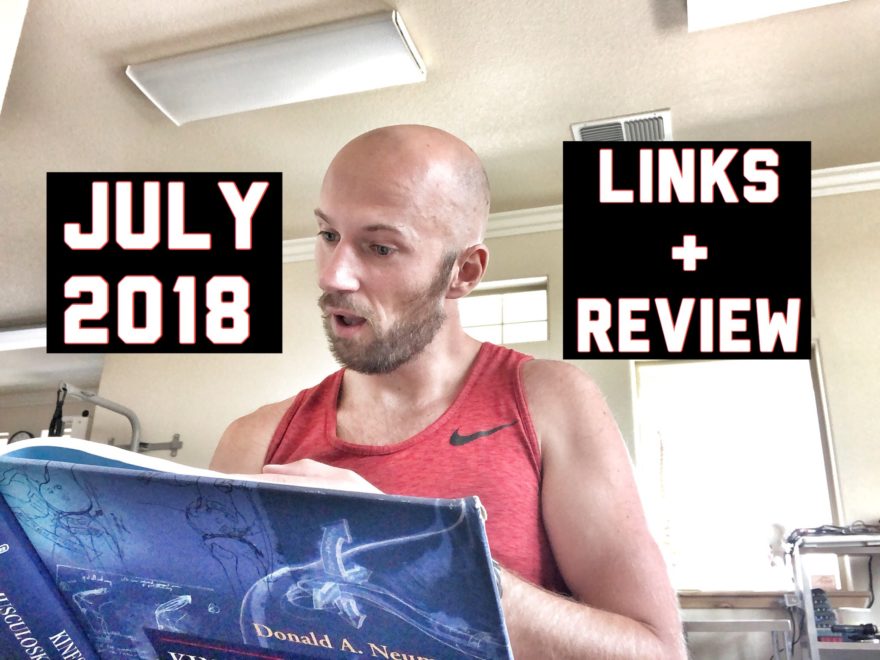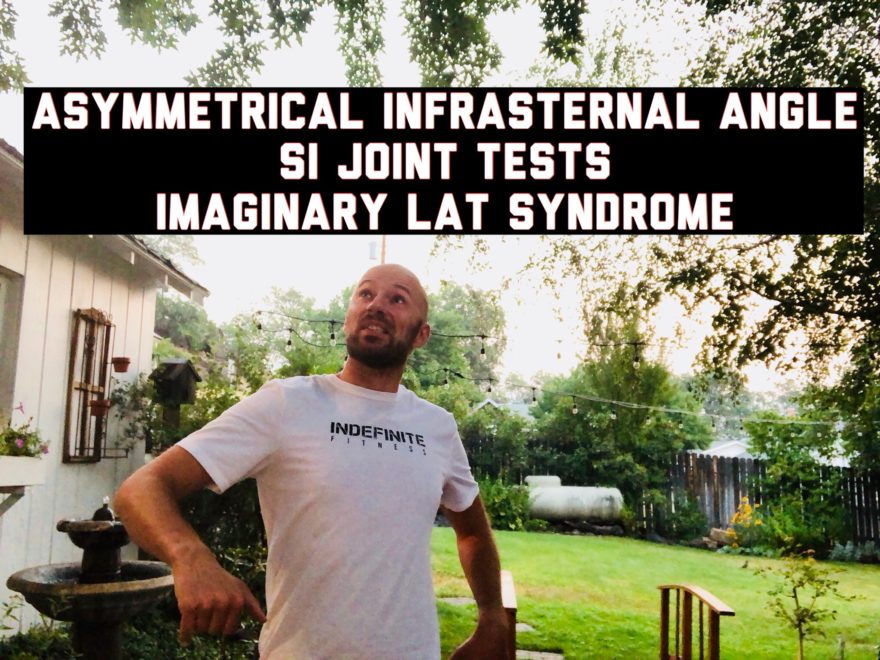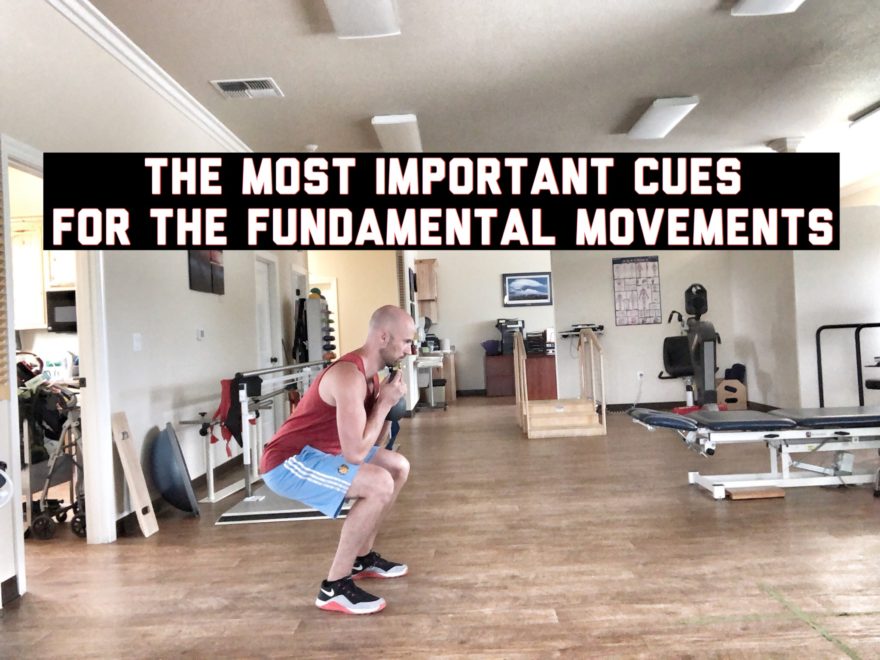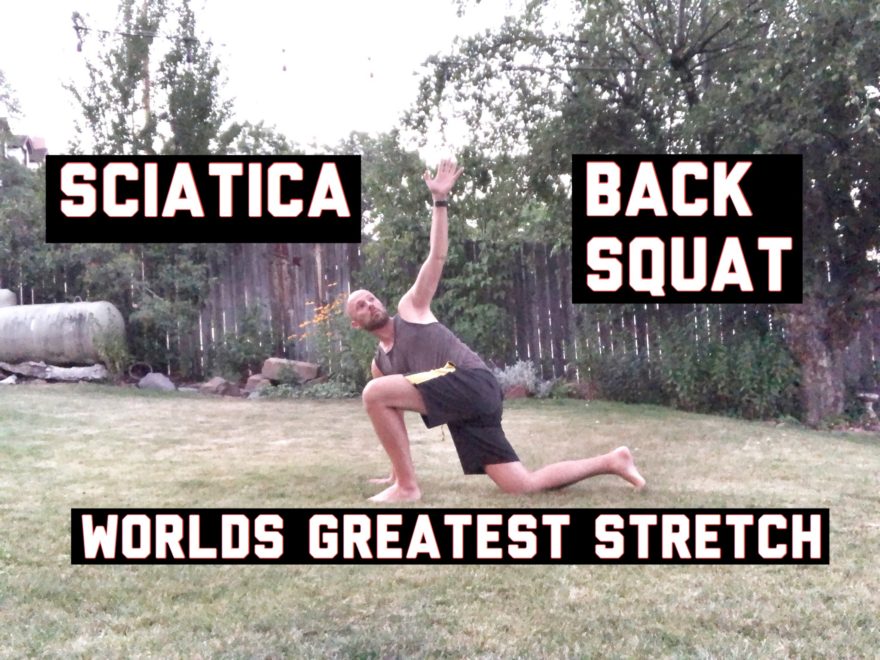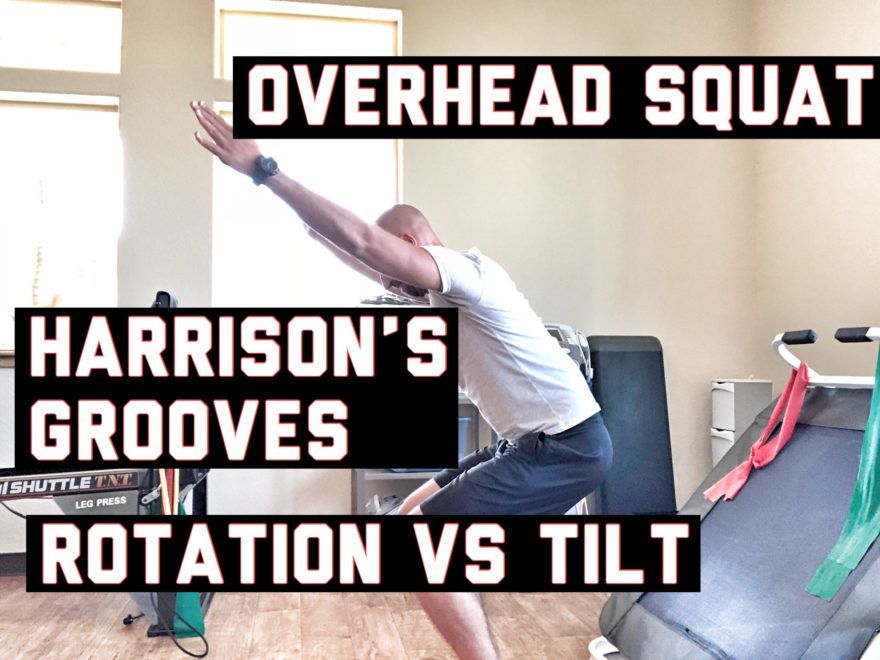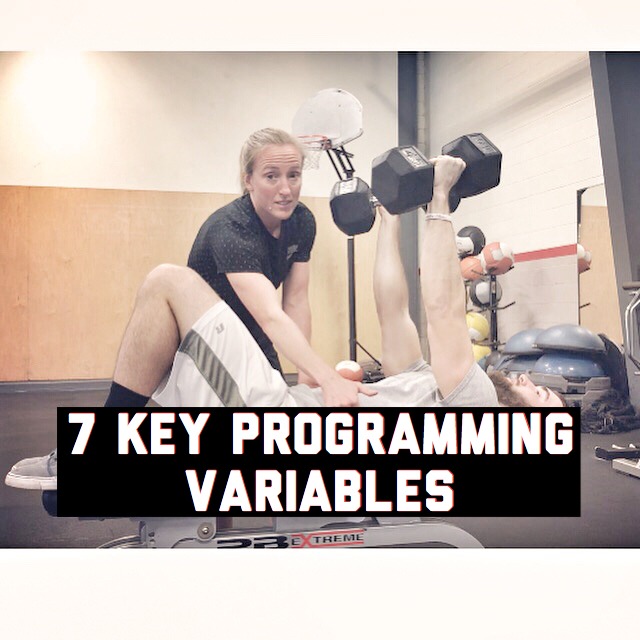I recently had the opportunity at to do a Q&A session at Enhancing Life, the gym of my dear friends Lucy Hendricks and Dave Wilton. In this Q&A, personal training students from the Lexington Healing Arts Academy asked me a bunch of questions, to which I had to answer immediately. Topics include: Neurodynamics Infrasternal and infrapubic angles Pelvic tilt and rotation Pulling the shoulders down and back The myth of muscle activation Does the warmup transfer? This was an absolute blast, where we dove in deep into these topics. I hope you get a lot out of it. Enjoy! and the audio version Neurodynamics 101 The Relationship Between Infrasternal and Infrapubic Angles The Difference between Pelvic Tilt and Rotation Shoulders Down and Back The Myth of Muscle Activation Human resting muscle tone (HRMT): narrative introduction and modern concepts. Does the Warmup Transfer? Photo Credits Cover photo courtesy of Lucy Hendricks 😉
Read More